You are here
New Releases

UNFPA Syria| North-East Syria Humanitarian Response Flash Update #7
To date, 74,381 people remain displaced from Al-Hassakeh, Ar-Raqqa and Aleppo governorates. 117,132 people have returned to their areas of origin in Al-Hassakeh, Ar-Raqqa and Aleppo. Of this population, 28,667 people have been displaced more than once. Overall, 90 active collective shelters in Al-Hassakeh and 1 in Ar-Raqqa are accommodating 16,931 people. 644 people (154 families) have now arrived at Tweina Camp.
UNFPA Syria| North-East Syria Humanitarian Response Flash Update #6
To date, 73,631 people, including 18,507 women of reproductive age (WRA) remain displaced from AlHasakeh, Ar-Raqqa and Aleppo governorates. 115,882 people have returned to their areas of origin in AlHasakeh, Ar-Raqqa and Aleppo governorates.1 The population movements include: IDPs in host communities, IDPs in collective shelters, relocation between camps, temporary displacement to host communities as well as movements from camps to host communities, collective shelters, informal settlements and others. Almost all active collective shelters are schools. With the recent drops in temperatures and winter approaching, the need to equip displaced women and girls with winter items is one of the priorities.
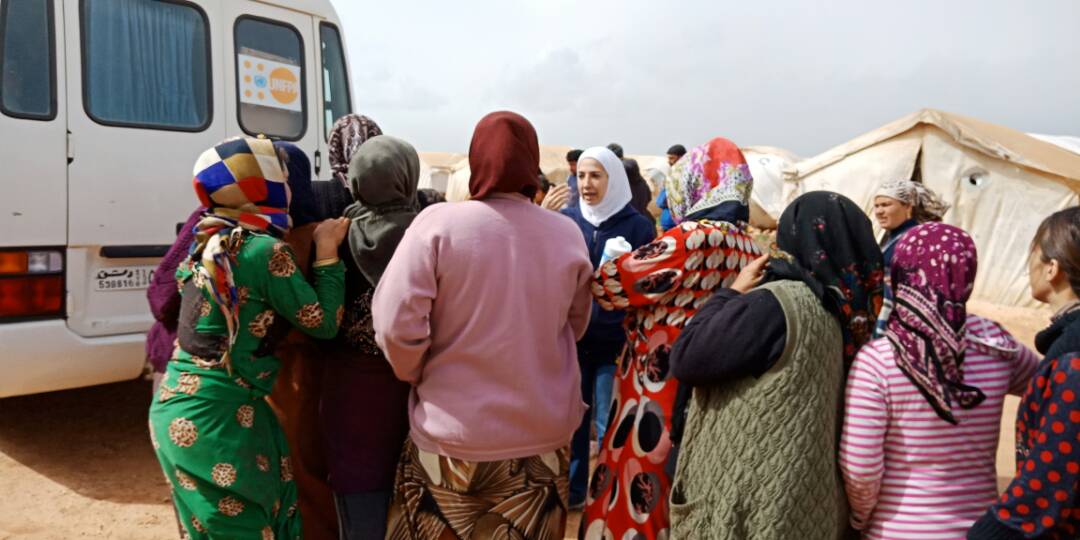
UNFPA Syria| North-East Syria Humanitarian Response Flash Update #5
To date, 108,514 people, including 27,130 women of reproductive age, remain displaced from AlHassakeh, Ar-Raqqa and Aleppo governorates. 106,605 people have returned to their places of origin.1 The population movements include: IDPs in host communities, IDPs in collective shelters, relocation between camps, temporary displacement to host communities as well as movements from camps to host communities, collective shelters, informal settlements and others. Almost all active collective shelters are schools. With the recent drops in temperatures and winter approaching, women and girls are adversely affected by the cold weather as there are dire needs for NFIs that will protect them from the weather.
UNFPA Syria| North-East Syria Humanitarian Response Flash Update #4
139,265 people, including around 58,485 children and 35,500 women of reproductive age, remain displaced from Al-HaSsakeh, Ar-Raqqa and Aleppo governorates; to date, 61,200 people have returned to their places of origin.1 As of 23rd October, a total of 200,465 population movements have been recorded across Al-Hassakeh, Ar-Raqqa and Aleppo governorates since military operations began on 9 October 2019. The population movements include: IDPs in host communities , IDPs in collective shelters, relocation between camps , temporary displacement to host communities as well as movements from camps to host communities, collective shelters, informal settlements and others.
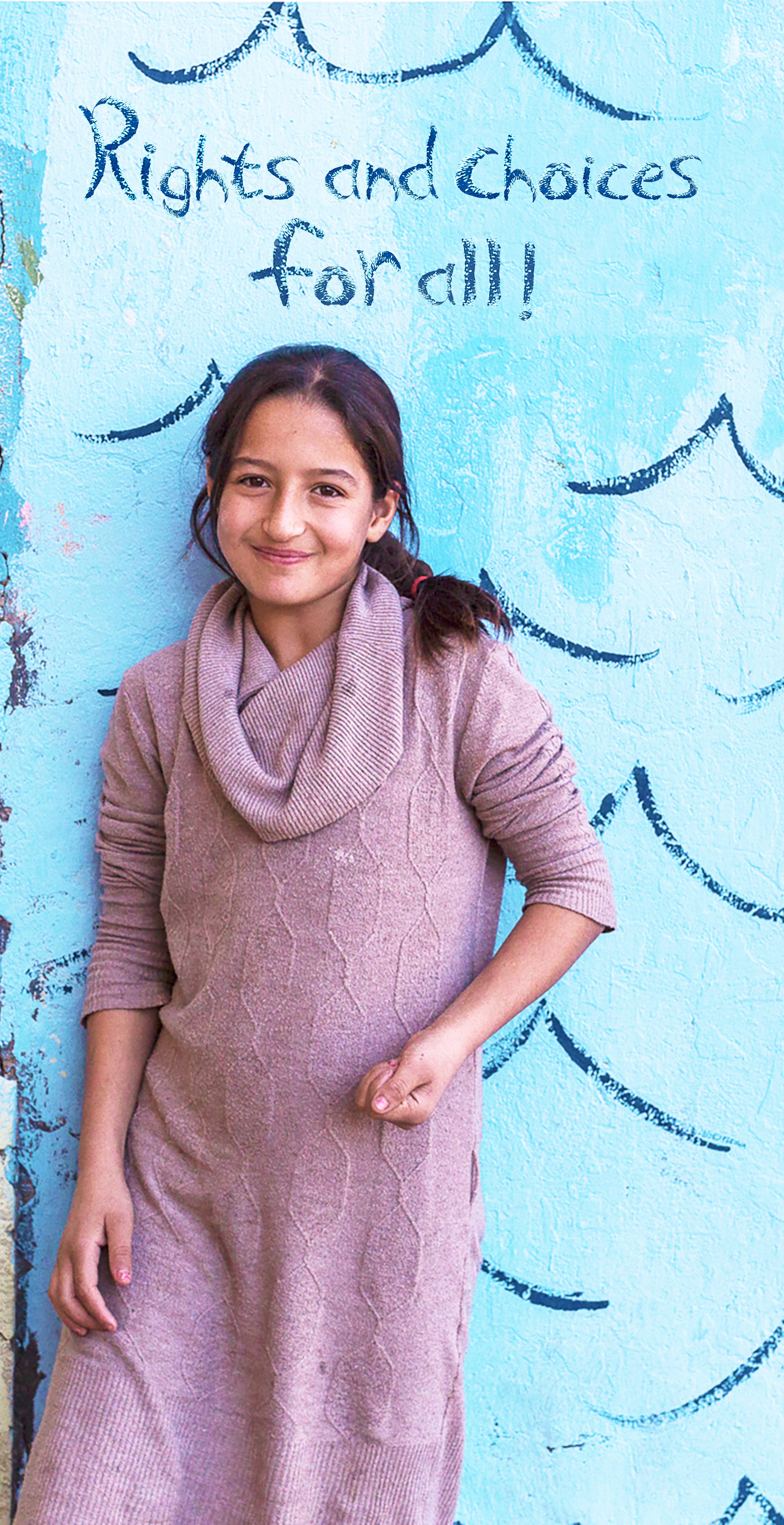
ON THE ROAD TO NAIROBI
The International Conference on Population and Development (ICPD) took place in Cairo in 1994. 179 world leaders reached a consensus and adopted a Programme of Action, which enshrined individual reproductive rights as a basic human right. For the first time, the ICPD shifted the focus from demo-graphic targets to human lives. Leaders promised universal access to reproductive health services and information, and vowed to reduce maternal deaths and end gender-based violence. The ICPD agenda also recognized women empowerment as a prerequisite for sustainable development and called upon governments to invest in young people, end poverty, and protect migrants and displaced people.
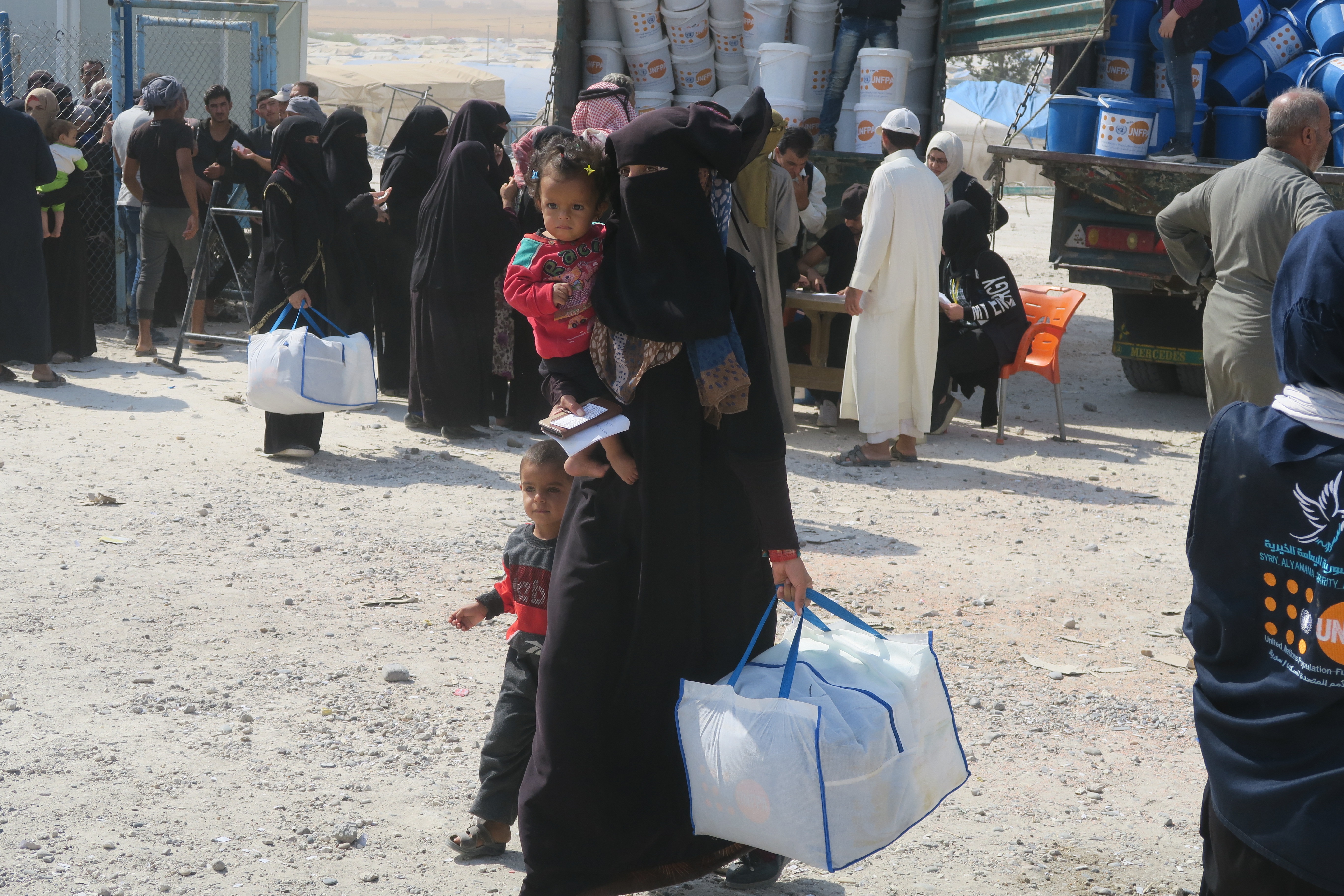
UNFPA Syria| North-East Syria Humanitarian Response Flash Update #3
To date, a total of 195,011 population movements have been recorded across Al Hassakeh, Ar-Raqqa and Aleppo governorates since military operations began on 9 October. 152,011 people have been displaced from Al Hassakeh (96,088), Ar-Raqqa (39,463) and Aleppo governorates (16,460). 43,000 people have returned to their places of origin – 18,000 to Al Hassakeh (8,500 to Qamishli and 9,500 to Al Malikeyyeh sub-districts) and 25,000 to Ar-Raqqa (18,000 to Tal Abyad and 7,000 to Suluk sub-districts)
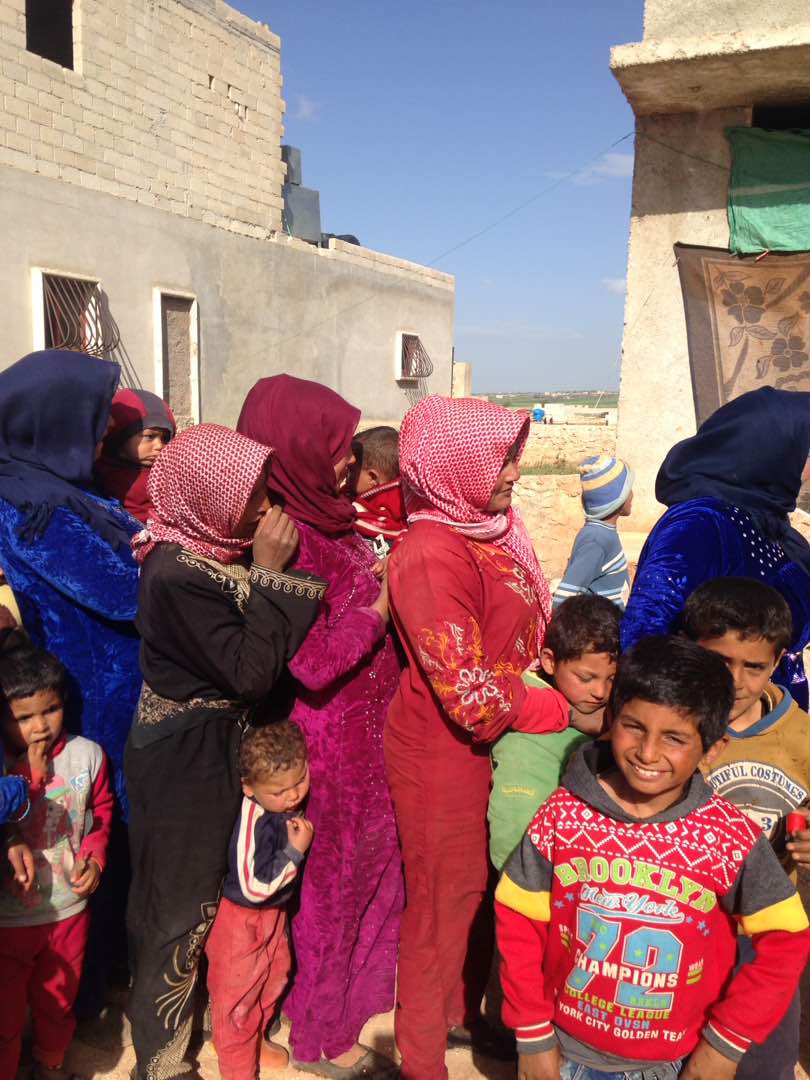
UNFPA Syria| North-East Syria Humanitarian Response Flash Update #2
Approximately 165,0001 people have been displaced to communities within Al-Hassakeh, Ar-Raqqa, Aleppo and Deir-ez-Zor Governorates. Of the displaced population, the estimated number of women of reproductive age is 41,250. The mobility dynamics in the area are still very fluid as IDPs continue to change their location. Many have been displaced multiple times from one area to another, further increasing their vulnerability. Protection partners formerly present in Ras al Ein, Tel Abyad and Ein Issa have diverted programs and resources to respond to the protection needs of the newly displaced population in Tal Tamer, Al-Hassakeh and Raqqa areas. Stocks of food and medicine, as well as necessary pipelines for bringing aid into the area and medical referral pathways to move those in need of adequate care facilities, are in place to meet many of the immediate needs, and partners continue to scale up their response across all areas
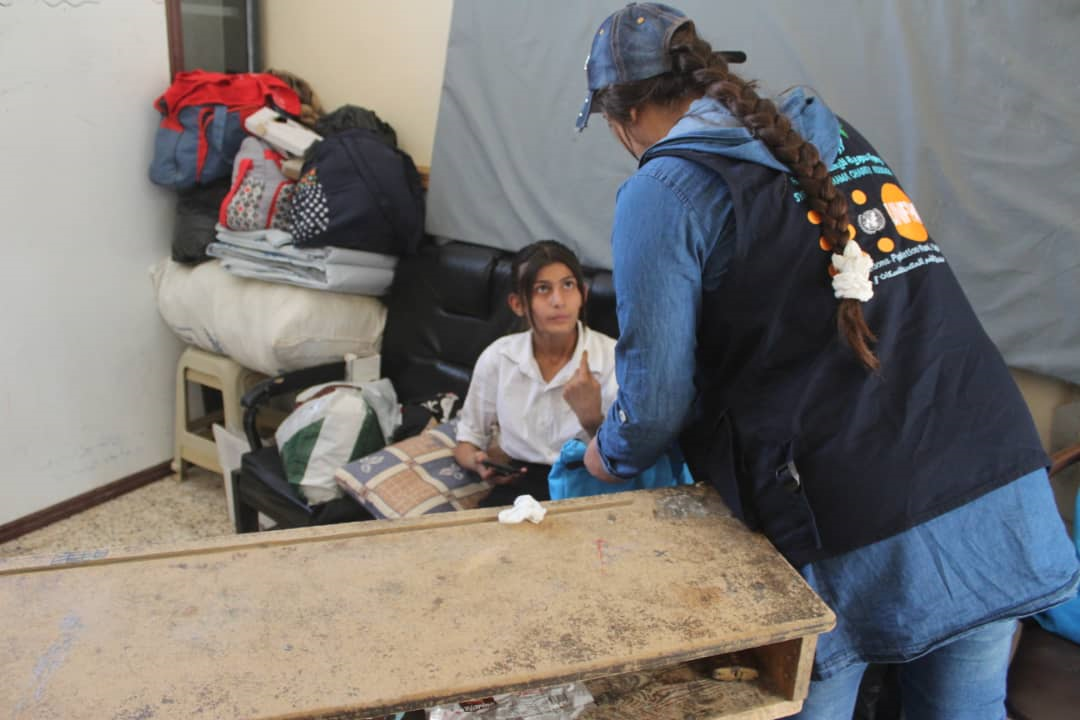
UNFPA Syria| North-East Syria Humanitarian Response Flash Update #1
A reported number of approximately 160,000 people [1] have been displaced (IDPs) due to Turkey’s military operation into the northeast of Syria that started on 9th October 2019. Populations are moving from Tel-Abyad, Ras-El-Ain, Ain Issa, Suluk and surrounding areas and are displaced to communities within Al-Hassakeh, Ar-Raqqa, and Deir-ez-Zor Governorates. The mobility dynamics of the displaced people are currently very fluid and unpredictable as IDPs continue to change their location in desperate search of refuge. Hundreds of thousands more people may be displaced in the coming days and weeks if the military operations continue and the security situation further deteriorates. With the displaced masses seeking refuge in shelters, camps as well as in already vulnerable host communities, the humanitarian response needs to target multiple displacement locations while the human capacity for the provision of specialized GBV and RH services, already strained by the protracted humanitarian crisis, is further exerted beyond capacity.

Unbroken: Stories of Syrian adolescent girls
This publication is dedicated to Syrian adolescent girls throughout the region, many of whom are grappling with enormous challenges on a daily basis and yet continue to defy numerous odds to fight for their basic human rights. Special thanks go to the courageous girls who shared their stories with UNFPA in order to help the international community understand the many struggles they encounter on their journey to adulthood and help shine light on their resilience during the most difficult of circumstances.
UNFPA is also grateful to all the donors and implementing partners whose support has enabled the delivery of a wide array of programmes geared toward Syrian women and girls region-wide, thus providing these adolescent girls with the platforms and support they need to share their stories with the world. UNFPA’s programmes are currently supported by Australia, Austria, Canada, Denmark, The European Commission, Finland, France, Italy, Japan, Republic of Korea, Norway, Sweden, and the United Kingdom.
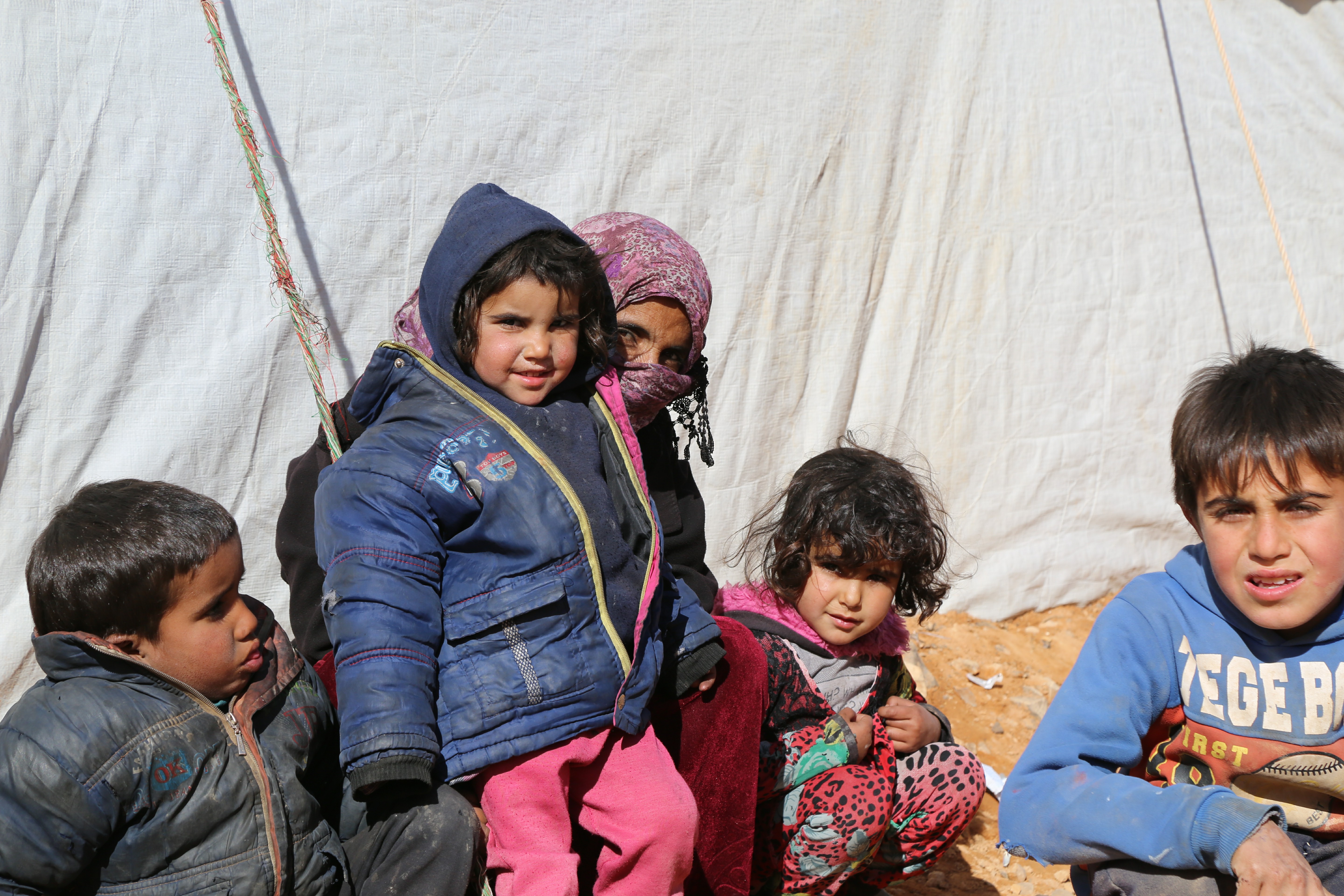
UNFPA REGIONAL SITUATION REPORT FOR THE SYRIA CRISIS, ISSUE# 84, August 2019
The Regional Situation Report for the Syria Crisis offers a bird’s eye view of UNFPA’s operations within the context of the Syria Crisis. The report is prepared by the UNFPA Regional Syria Response Hub in Amman, Jordan, and spans operations conducted by UNFPA offices in Syria, Jordan, Lebanon, Turkey, Iraq, and Egypt, in addition to operations conducted inside Syria and managed from cross-border Turkey.